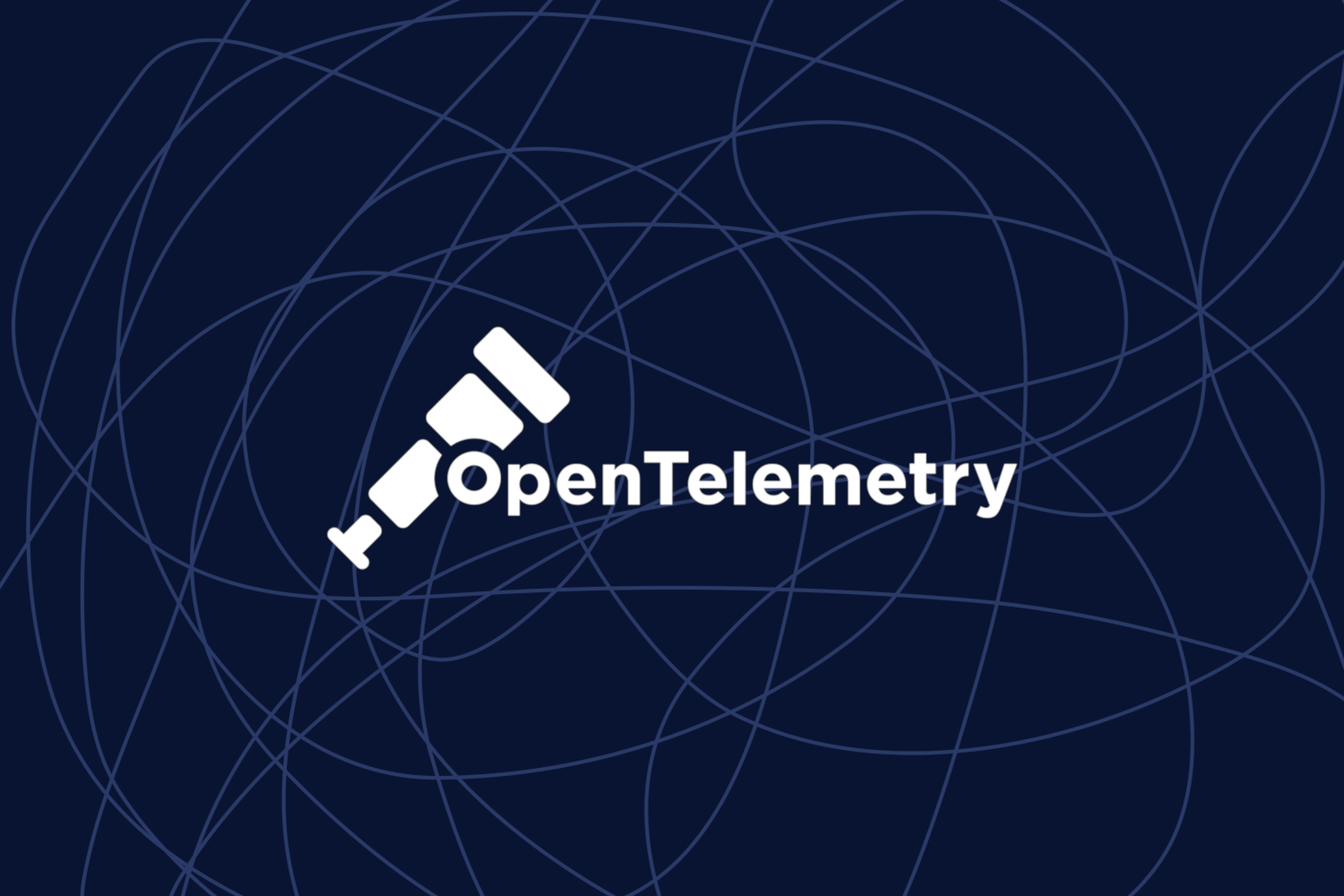What is the OpenTelemetry Collector?
The OpenTelemetry Collector is a vendor-agnostic service that helps collect, process, and export telemetry data (logs, metrics, and traces). It acts as a bridge between instrumented applications and observability backends like Jaeger, Prometheus, or OpenSearch.
With a Collector in place, applications don’t need to export telemetry data directly to a backend. Instead, they send data to the Collector, which can process, filter, and forward it to multiple destinations. This decoupling makes observability pipelines more flexible and manageable.
Deploying the OpenTelemetry Collector in Kubernetes
Since we’re working with the OpenTelemetry Operator, deploying a Collector is straightforward using a Kubernetes OpenTelemetryCollector Custom Resource (CR).
Prerequisites
- A Kubernetes cluster with the OpenTelemetry Operator installed.
kubectlinstalled.otel-cliinstalled.
Step 1: Define a Simple Collector Configuration
Create a file named otel-collector.yaml:
apiVersion: opentelemetry.io/v1alpha1
kind: OpenTelemetryCollector
metadata:
name: otel-collector
namespace: otel
spec:
mode: deployment
config: |
receivers:
otlp:
protocols:
grpc:
http:
processors:
batch:
exporters:
debug:
service:
pipelines:
traces:
receivers: [otlp]
processors: [batch]
exporters: [debug]
This configuration does the following:
- Receives telemetry data via OTLP over HTTP and gRPC.
- Batches the received telemetry data for efficiency.
- Logs traces as output (useful for debugging before forwarding data to a real backend).
Step 2: Apply the Collector Configuration
Deploy the Collector using:
kubectl apply -f otel-collector.yaml
Verify the deployment:
kubectl get pods -n otel
Step 3: Sending Test Data to the Collector
To test the setup, you can use otel-cli or grpcurl to send test traces to the Collector:
otel-cli exec --endpoint http://otel-collector.otel.svc:4318/v1/traces --service my-test-app --name "test-span"
You should see trace data logged in the Collector’s output:
kubectl logs deployment/otel-collector -n otel
Conclusion
The OpenTelemetry Collector simplifies telemetry data collection and forwarding in Kubernetes-based platforms. By deploying a Collector with the OpenTelemetry Operator, you gain a scalable and centralized way to manage observability data. In upcoming posts, we’ll explore advanced configurations and integrations, such as forwarding telemetry data to backend storage solutions.
Happy tracing!
